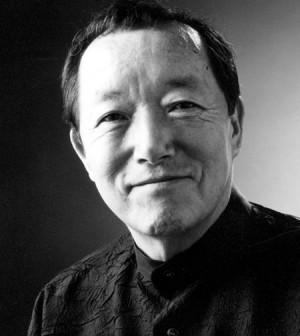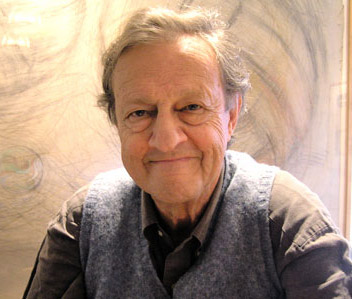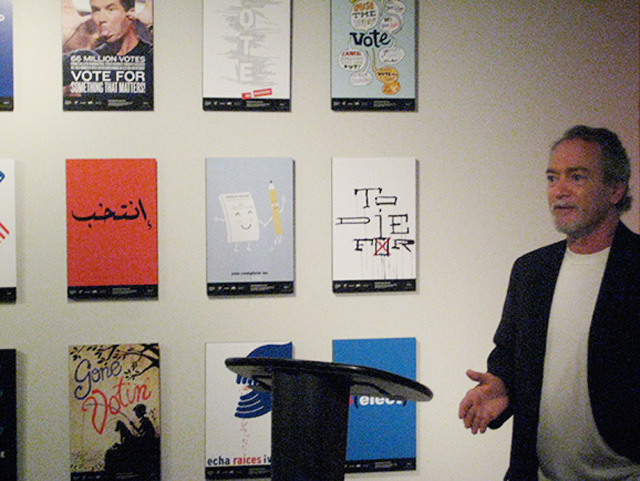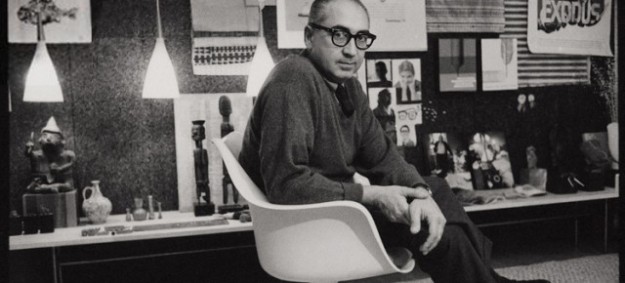Paul Rand was born in Brooklyn, New York, in 1914. His affinity for graphic design manifested at an early age, as evidenced by his practice of painting signs for his father’s grocery store and for school events. His father was opposed to Rand pursuing an artistic career, partly due to their Jewish background which forbade the worship of graven images and also because he believed that the remuneration for such a career would be insufficient. Paul Rand was enrolled at Manhattan’s Harren High School concurrently with attending night classes at the Pratt Institute, where he could pursue his academic interests. He did not feel that the Pratt Institute provided him with the requisite assistance and thus proceeded to attend other schools of design in the New York area. Ultimately, he became a self-taught designer.
Upon commencing his professional career, Rand secured a part-time position at a newspaper and magazine publishing house, where he was responsible for creating a range of standard images. Over time, he amassed a substantial portfolio of work. At this time, he also adopted the surname Rand, which was to become his professional name.
By the time he reached his twenties, Rand had begun to gain recognition as a talented designer, offering “no fee” deals in exchange for the opportunity to demonstrate his abilities. As a consequence of these endeavours, he was ultimately offered a position as an art director for Esquire and Coronet magazines.
Rand’s most significant contributions to graphic design are arguably his corporate identities for prominent companies such as IBM, ABC, Westinghouse, and UPS.
He almost singlehandedly convinced business that design was an effective tool. Anyone designing in the 1950s and 1960s owed much to Rand, who largely made it possible for us to work. He, more than anyone else, made the profession reputable. We went from being commercial artists to being graphic designers largely on his merits.
(Louis Danziger)
IBM’s unique identity in 1956 made people aware of the power of branding.
Rand was shy about sharing his ideas. Meeting Moholy-Nagy helped him understand the theory behind design. He read all the big names, especially Dewey, and his work got better.
He was criticised too. He was called reactionary, hostile to new ideas, and a radical modernist.
His career was based on modernist philosophy. He loved Paul Cézanne and tried to link his work to graphic design.
From Impressionism to Pop Art, the artist uses anything and everything. Cézanne used apples, Picasso used guitars, Leger used machines, Schwitters used rubbish, and Duchamp used urinals. This shows that revelation does not depend on grandiose concepts. The artist must make the ordinary seem strange.
Paul Rand died of cancer on 26 November 1996.



